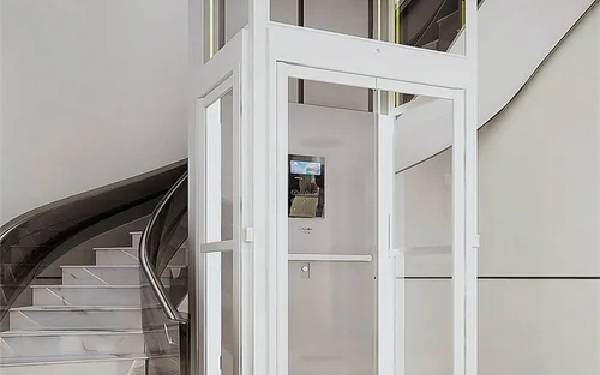The installation of home lifts has become the rage in recent years among the affluent. As our population ages and homeowners seek to improve accessibility within their homes, lifts are no longer the exclusive domain of commercial buildings. Whether you’re looking to make life easier for a family member with mobility issues or simply add a touch of luxury to your home, installing a home lift is a substantial investment.
One crucial aspect of this project is the electrical system, and in this blog post, we’ll explore the key electrical considerations to ensure a smooth and safe installation.
Power Supply Requirements
Let’s kick things off by talking about power supply. Your home lift relies on a consistent and reliable electrical source. Most home lifts run on standard residential voltage and current, typically 120 volts and 15 to 20 amps. However, you may need to consult your lift manufacturer’s specifications for precise requirements.
Ensure you have a dedicated electrical circuit for your lift. This means the circuit should serve only the lift and nothing else. Doing this prevents other electrical loads from interfering with the lift’s operation.
Also, think about backup power. Power outages can happen, and you don’t want to be stuck between floors. Consider a backup generator or battery system to keep the lift operational during blackouts.
Lift Control Systems
Now, let’s delve into lift control systems. lifts are not just about going up and down; they require sophisticated control panels. These panels are responsible for ensuring smooth and safe operation.
Modern lifts often integrate with home automation systems. This integration allows you to control the lift remotely, schedule its operation, and even tie it into your smart home security system.
Emergency stop and safety features are non-negotiable, of course. Make sure your lift has these in place. They are there to protect you and your loved ones in case of an emergency.
Electrical Permits and Codes
Before you get too far into the project, you need to ensure you’re following all the necessary electrical permits and codes. These codes vary by location, so it’s essential to consult with your local authorities to understand what’s required in your area.
Getting the permits and inspections right the first time is crucial. Failure to do so can result in delays, fines, and, more importantly, compromised safety. Work with a licensed residential electrician who is familiar with local regulations to ensure compliance.
Wiring and Cable Management
Wiring and cable management may not be the most glamorous part of your lift project, but it’s essential for the system’s reliability and safety.
Choose the appropriate cables and wires for your lift. You’d want materials that can withstand the mechanical stress and temperature changes associated with lift operation.
Proper routing and organization of cables are also vital. Clear labelling and organization can save you hours of frustration when troubleshooting or conducting maintenance.
Don’t forget about cable protection and grounding. Protect cables from physical damage and ensure they are adequately grounded to prevent electrical hazards.
Electrical Safety Measures
Safety should always be a top priority when dealing with electrical systems. Ground fault circuit interrupters (GFCIs) are your friends. Install them in areas where water and electricity may come into contact, such as lift pits or machine rooms.
Consider surge protection for your lift’s sensitive electronics. Power surges can cause significant damage, so having a surge protection device can provide peace of mind.
Fire safety is another critical concern. Make sure your electrical components are in compliance with fire safety standards and have a plan in place for fire emergencies.
Maintenance and Troubleshooting
Regular maintenance is key to keeping your lift running smoothly. Simple tasks like checking cables for wear and tear, lubricating moving parts, and ensuring electrical connections are secure can go a long way in preventing issues.
It’s also essential to know how to identify common electrical issues. This can save you time and money when troubleshooting. However, if you’re not comfortable with electrical work, don’t hesitate to call a professional. Safety always comes first.
Future-Proofing Your Installation
Lastly, think about the future. Home lifts are a long-term investment, and you want your electrical system to stand the test of time.
Consider future upgrades and how your electrical system can accommodate them. Technology evolves, and you might want to add new features or capabilities to your lift down the line.
Adapt to changing electrical standards. Electrical codes and regulations can change over time. Stay informed and be prepared to make updates as needed.
Conclusion
Installing a home lift is a significant undertaking that requires careful consideration of electrical factors. Ensuring the right power supply, and control systems, adherence to codes, proper wiring and safety measures, and planning for the future make your home lift installation a smooth and safe process. And remember, it’s always a good idea to work with professionals to ensure the best results for this substantial investment in your home’s accessibility and convenience.







